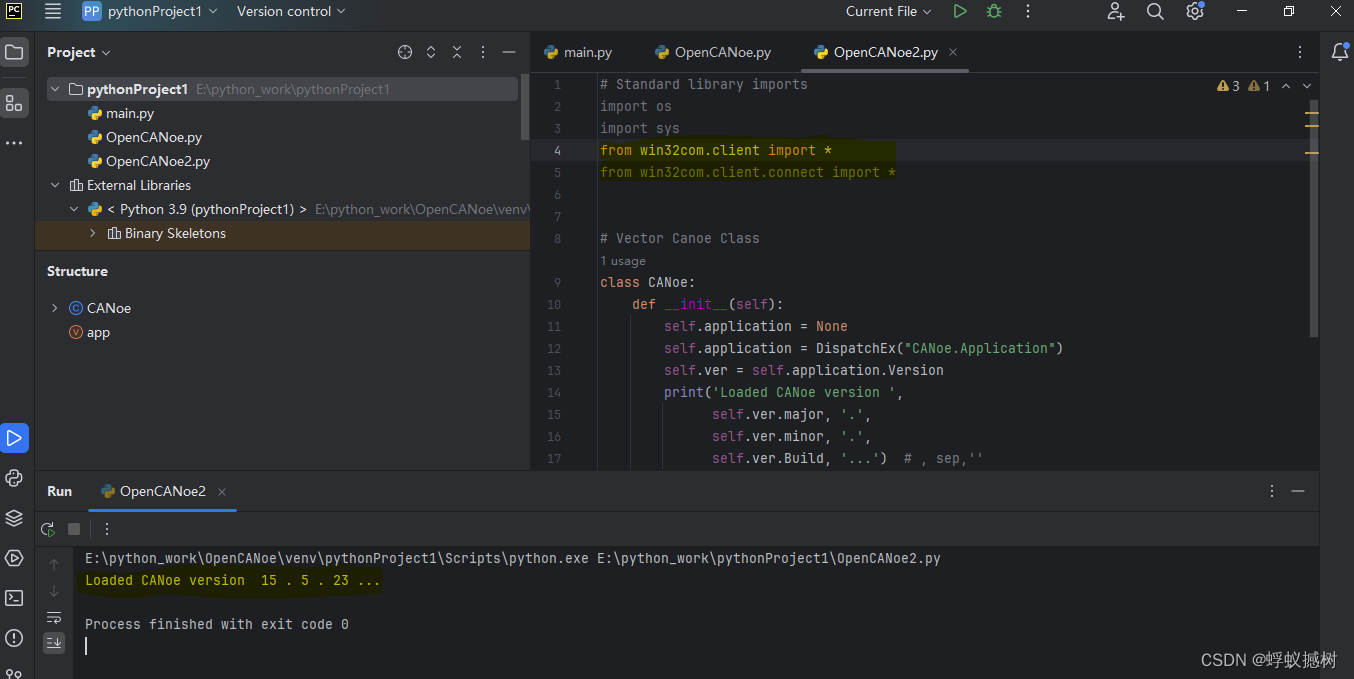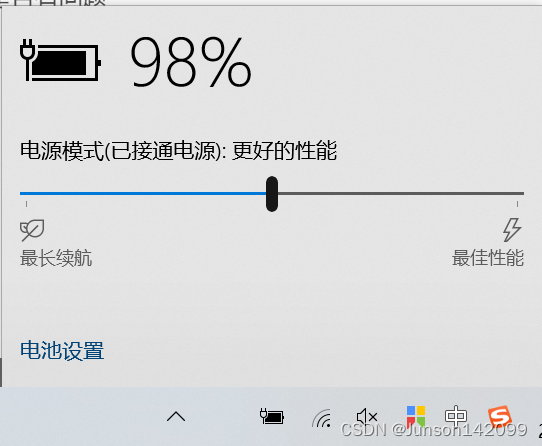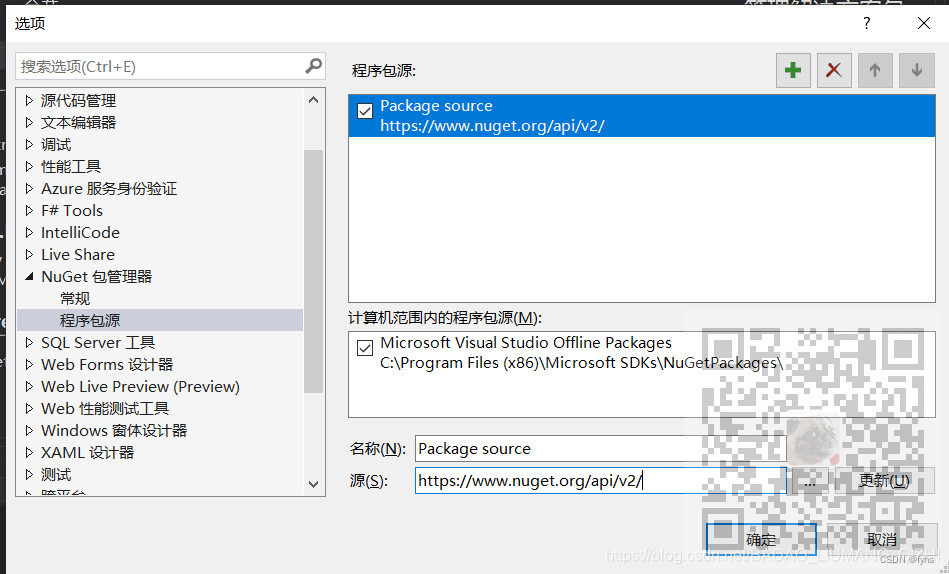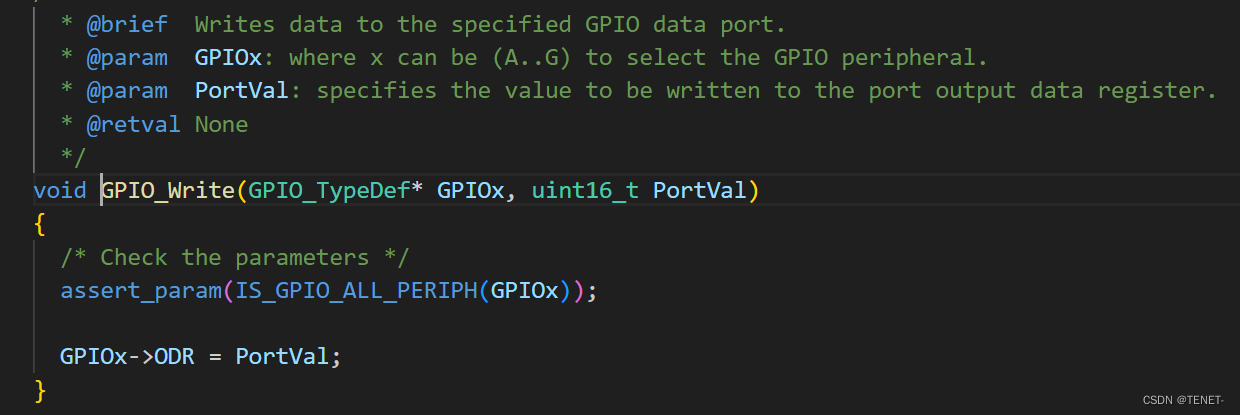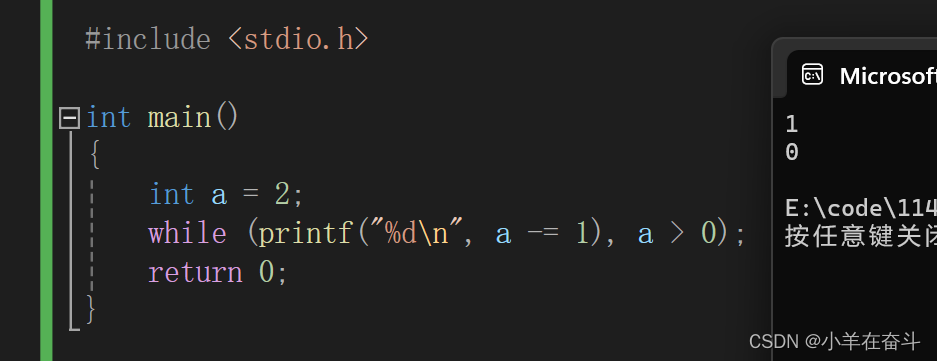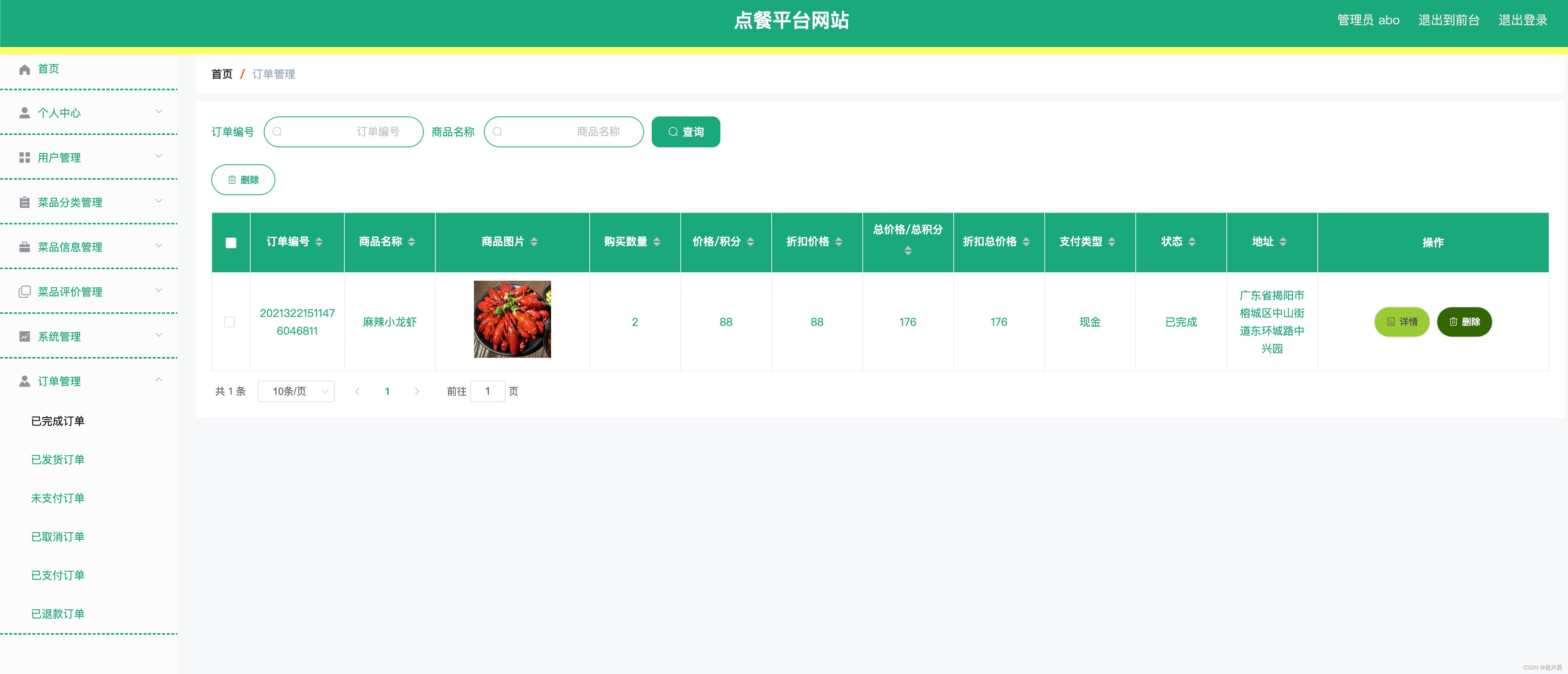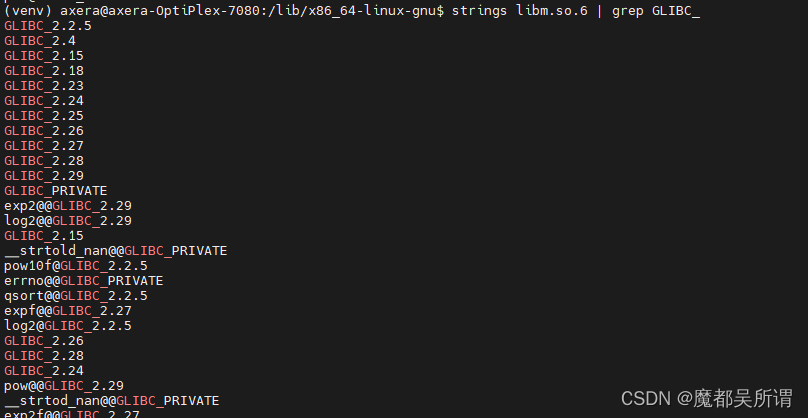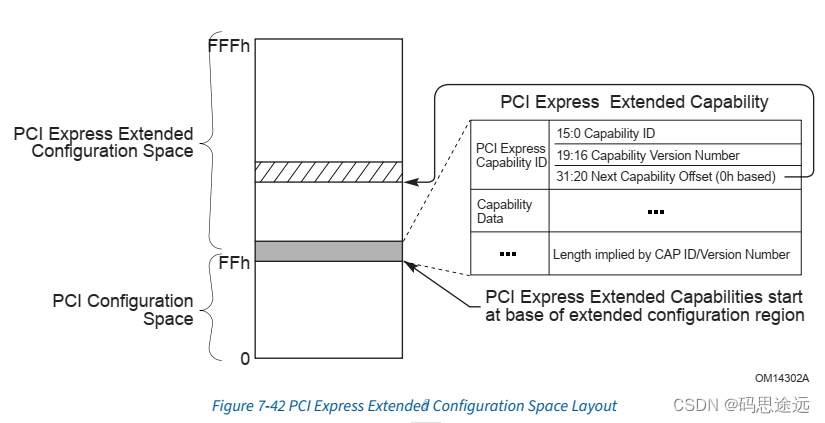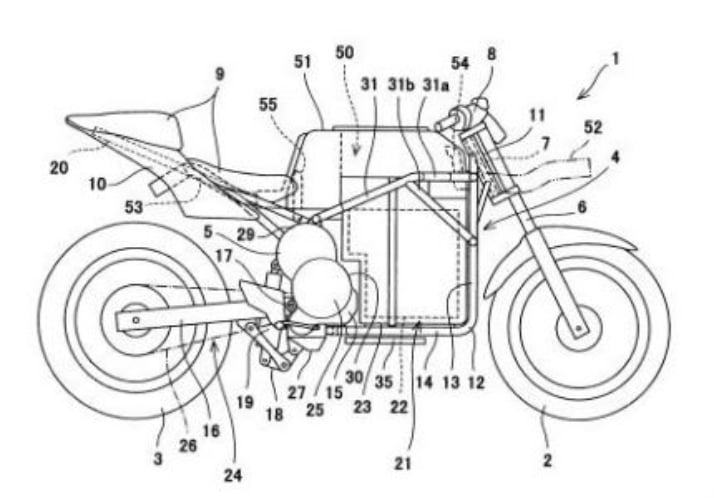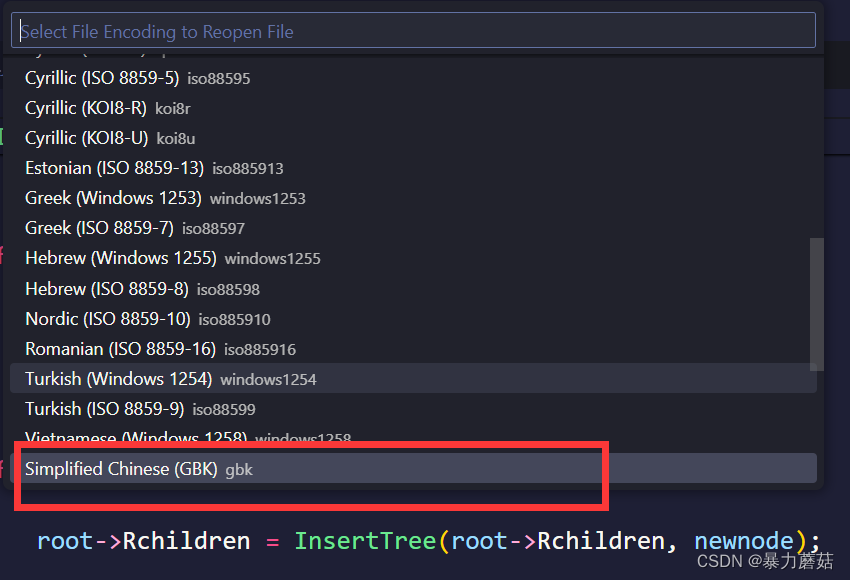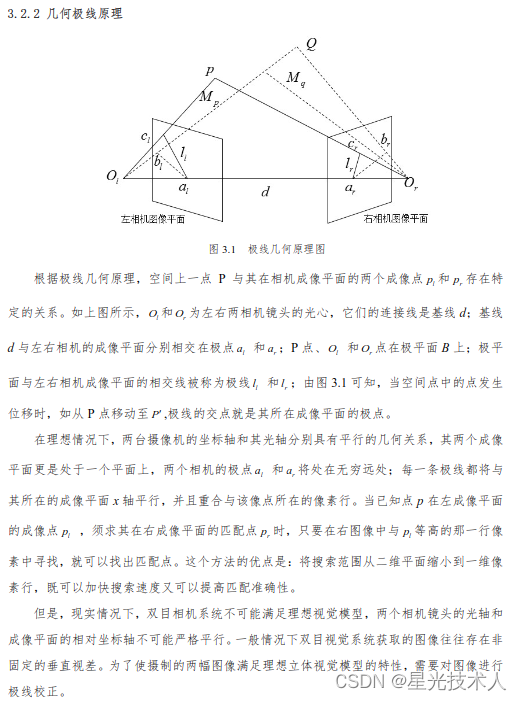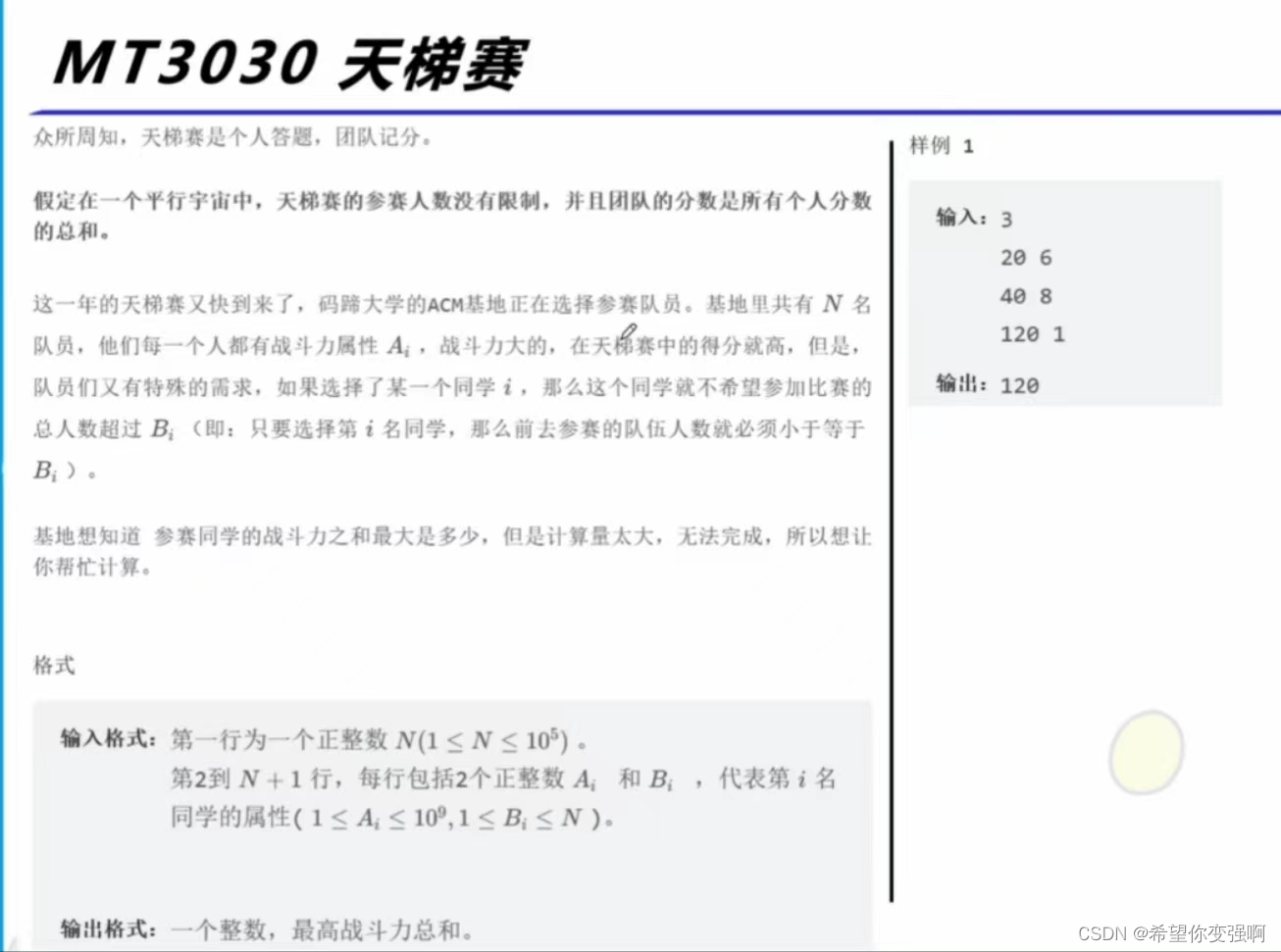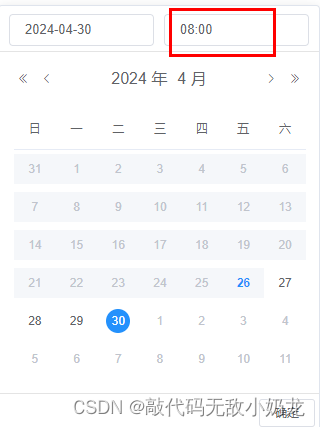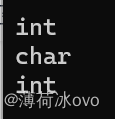通常在 Android 中进行网络连接一般使用 Scoket 和HTTP,HTTP 请求方式比 Scoket 多。HTTP 请求一般采用原生的 HttpClient 和 HttpUrlConnection 的两种网络访问方式(系统自带的)。但是在 Android 5.0 的时候 Google 就不推荐使用 HttpClient 了,到了 Android 6.0 (api 23) SDK,不再提供 org.apache.http.* (只保留几个类), 因此,设置 android SDK 的编译版本为23时,且使用了 httpClient 相关类的库项目:如 android-async-http 等等,会出现有一些类找不到的错误。
添加权限
开始网络请求之前应该在清单文件中添加网络权限
<uses-permission android:name="android.permission.INTERNET"/>Volley
GitHub - google/volley
volley适用于数据量不大、通信频繁的场景,如:带图片的列表。
添加依赖:
dependencies {implementation ("com.android.volley:volley:1.2.1")
}常用api:
RequestQueue:请求队列,会自动执行队列中的请求
public static RequestQueue newRequestQueue(Context context)
public <T> Request<T> add(Request<T> request)
Request<T> :代表请求的接口
StringRequest:获取字符串结果的请求
public StringRequest(int method,String url,Listener<String> listener, @Nullable ErrorListener errorListener)
JsonRequest:获取json数据结果的请求,不过由于JsonRequest是一个抽象类,因此我们无法直接创建它的实例,那么只能从它的子类入手了。JsonRequest有两个直接的子类,JsonObjectRequest和JsonArrayRequest,它返回的对象是JSONObject。
public JsonObjectRequest(String url, Listener<JSONObject> listener, @Nullable ErrorListener errorListener)public JsonArrayRequest(String url, Listener<JSONArray> listener, @Nullable ErrorListener errorListener)
ImageRequest:获取图片结果的请求
public ImageRequest(String url,Response.Listener<Bitmap> listener,int maxWidth,int maxHeight,ScaleType scaleType,Config decodeConfig,@Nullable Response.ErrorListener errorListener);
步骤:
创建请求队列
创建请求对象
添加请求
Get请求
public String url = "https://reqres.in/api/users";public void toLearnVolley(View view){// 1.创建请求队列RequestQueue requestQueue = Volley.newRequestQueue(this);// 2.创建请求StringRequest stringRequest = new StringRequest(com.android.volley.Request.Method.GET, url, new com.android.volley.Response.Listener<String>() {@Overridepublic void onResponse(String response) {Log.e("volley---成功",response);}}, new com.android.volley.Response.ErrorListener() {@Overridepublic void onErrorResponse(VolleyError error) {Log.e("volley---失败",error.toString());}});// 3.将请求加入请求队列requestQueue.add(stringRequest);}
Post请求
volley中并没有提供设置POST参数的方法,但是当发出POST请求的时候,Volley会尝试调用StringRequest的父类——Request中的getParams()方法来获取POST参数,所以需要在Request的匿名类中重写getParams()方法
public String postUrl = "https://www.wanandroid.com/user/login";public void toLearnVolleyPost(View view){// 如何放入请求体?StringRequest stringPostRequest = new StringRequest(com.android.volley.Request.Method.POST, postUrl, new com.android.volley.Response.Listener<String>() {@Overridepublic void onResponse(String response) {Log.e("volley---Post成功",response);}}, new com.android.volley.Response.ErrorListener() {@Overridepublic void onErrorResponse(VolleyError error) {Log.e("volley---Post失败",error.toString());}}){@Nullable@Override// 重写此方法返回参数的map作为请求体protected Map<String, String> getParams() throws AuthFailureError {Map<String,String> map = new HashMap<String,String>();map.put("username","akshfalwhfaina");map.put("password","123456");return map;}};requestQueue.add(stringPostRequest);}OkHttp
添加依赖
在build.gradle.kts中添加依赖
dependencies {// 添加okhttp的依赖implementation("com.squareup.okhttp3:okhttp:4.11.0")
}get请求
public void toLearnOKhttp(View view) {// 创建一个 OKhttp 客户端OkHttpClient okHttpClient = new OkHttpClient();// 创建一个 http 请求Request request = new Request.Builder().url("https://reqres.in/api/users").get().build();// Call 是一个即将准备好被执行的请求Call call = okHttpClient.newCall(request);// 执行请求,并定义回调函数// 请求成功后数据封装在response的body里面call.enqueue(new Callback() {@Overridepublic void onFailure(@NonNull Call call, @NonNull IOException e) {Log.e("okhttp-----失败","okhttp失败");}@Overridepublic void onResponse(@NonNull Call call, @NonNull Response response) throws IOException {if(response.isSuccessful()){String data = response.body().string();Log.i("okhttp-----成功",data);}}});}
post请求
POST请求将参数放在请求的主体中,不会直接显示在URL中。
public void toLearnOKhttpPost(View view){// 创建一个 OKhttp 客户端OkHttpClient okHttpClient = new OkHttpClient();// 创建一个 http 请求RequestBody body = new FormBody.Builder().add("username","akshfalwhfaina").add("password","123456").build();Request request = new Request.Builder().url("https://www.wanandroid.com/user/login").post(body).build();Call call = okHttpClient.newCall(request);call.enqueue(new Callback() {@Overridepublic void onFailure(@NonNull Call call, @NonNull IOException e) {Log.e("okhttp-----post失败",e.toString());}@Overridepublic void onResponse(@NonNull Call call, @NonNull Response response) throws IOException {Log.e("okhttp-----post成功",response.toString());}});}Json数据解析
json对象:花括号开头和结尾,中间是键值对形式————”属性”:属性值””
json数组:中括号里放置 json 数组,里面是多个json对象或者数字等
JSONObject
利用 JSONObject 解析
1.创建 JSONObject 对象,传入满足 json 格式的字符串
2.根据 json数据的key键值 获取其中的数据,是什么类型的数据就写getxx()
3.getJSONObject("xxx") 获取JSONObject对象
4.getJSONArray("xxx") 获取json数组
5.jsonArray.getJSONObject(i) 获取数组中的第 i 个json对象
请求返回的数据如下:

JSONObject jsonObject = new JSONObject(data);
Log.i("okhttp-----成功","总共数量"+jsonObject.getString("total"));
// data 里面是 json 数组,数组里面放的是多个 json 对象
JSONArray jsonArray = jsonObject.getJSONArray("data");
for (int i = 0; i < jsonArray.length(); i++) {JSONObject jo = jsonArray.getJSONObject(i); // 获取数组中的第 i 个对象String text1 = jo.getString("email");Log.i("okhttp-----成功--邮箱","邮箱"+text1);}
} catch (JSONException e) {throw new RuntimeException(e);
}Gson解析
用第三方工具来解析json数据
添加依赖
// 1.添加 gson 依赖
implementation("com.google.code.gson:gson:2.8.9")- 创建 Bean 对象(数据对象),注意,元素和返回的数据的元素要一一对应。
- toJson:将 bean 对象转换成 json 字符串
- fromJson:将 json 字符串转换成 bean 对象
package com.example.androidstudiostudy.data;import java.util.List;// 一个json 的数据对象(来自于GET返回的 json 字符串)
public class OneJsonBean {private int page;private int per_page;private int total;private int total_pages;private List<DataBean> data;@Overridepublic String toString() {return "OneJsonBean对象{" +"page=" + page +", per_page=" + per_page +", total=" + total +", total_pages=" + total_pages +", data=" + data +'}';}
}package com.example.androidstudiostudy.data;// 此时的 DataBean 是 GET 返回的json字符串中 data的json对象
public class DataBean {private int id;private String email;private String first_name;private String last_name;private String avatar;public DataBean(int id, String email, String first_name, String last_name, String avatar) {this.id = id;this.email = email;this.first_name = first_name;this.last_name = last_name;this.avatar = avatar;}public int getId() {return id;}public String getEmail() {return email;}public String getFirst_name() {return first_name;}public String getLast_name() {return last_name;}public String getAvatar() {return avatar;}@Overridepublic String toString() {return "DataBean{" +"id=" + id +", email='" + email + '\'' +", first_name='" + first_name + '\'' +", last_name='" + last_name + '\'' +", avatar='" + avatar + '\'' +'}';}
}
// Gson解析json数据
Gson gson = new Gson();
OneJsonBean oneJsonBean = gson.fromJson(data, OneJsonBean.class);
Log.e("okhttp-----成功--数据转换成对象",oneJsonBean.toString());

